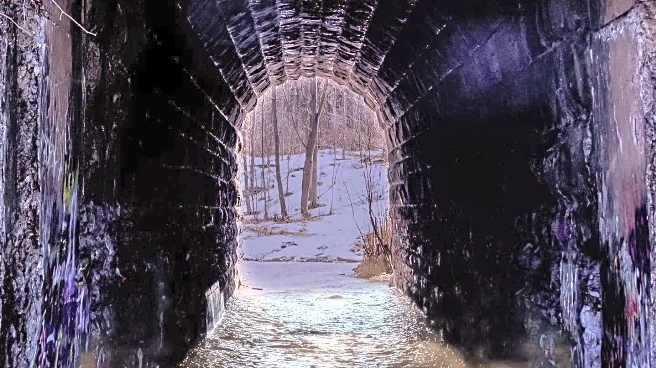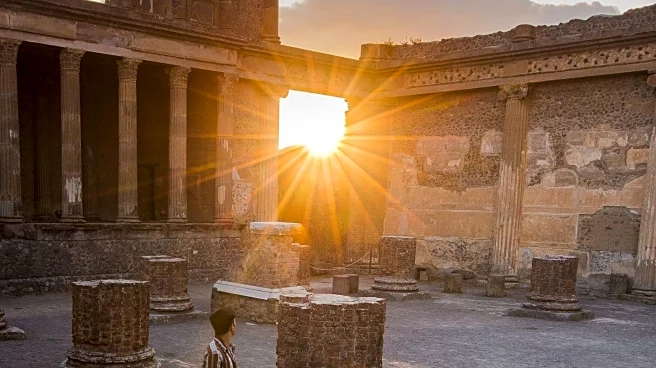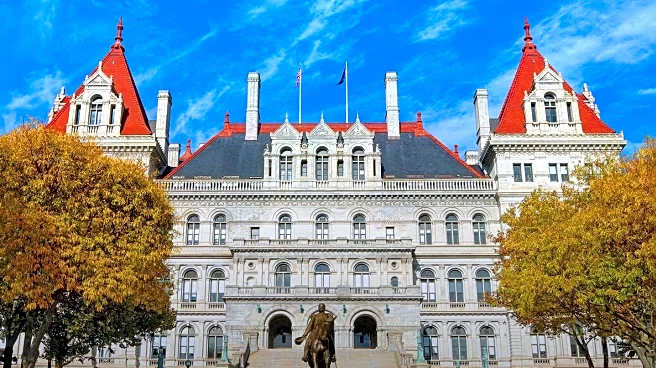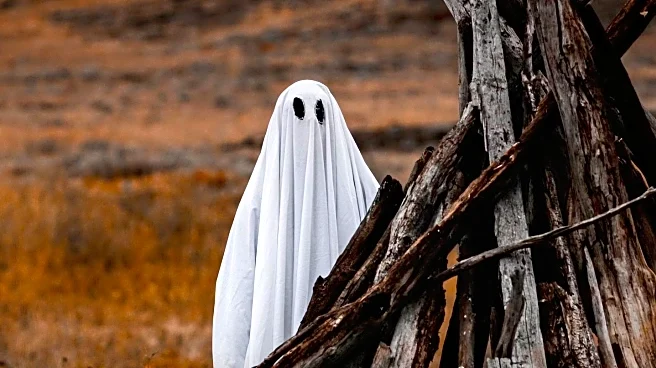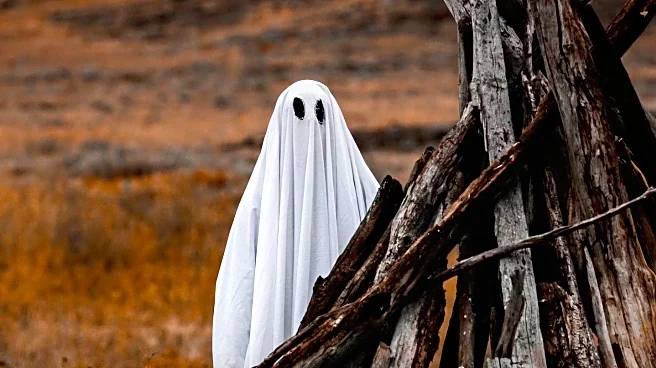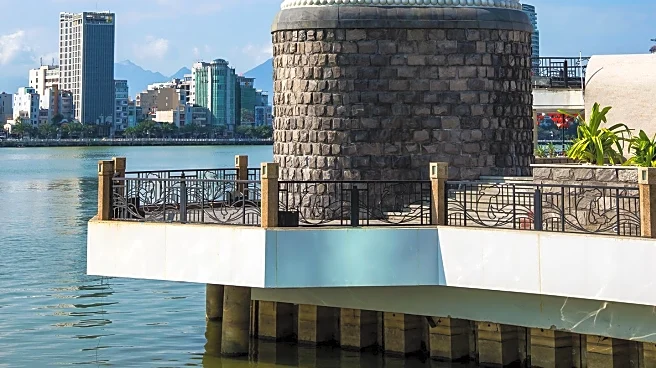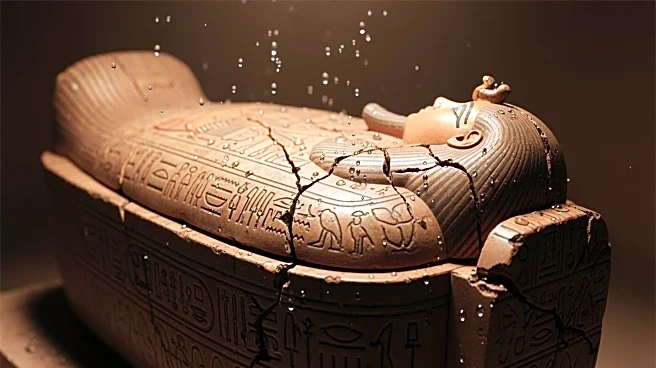What's Happening?
Matt Fuller, a member of the Fort Sheridan Historical Society, has been leading ghost story tours at Fort Sheridan for the past three years. These tours are an extension of his passion for history, as he discovered numerous ghost stories while researching
the fort for a walking tour. The annual event attracts over a hundred attendees, who gather to hear tales of unexplained figures and cold spots at the former jailhouse. One of the most notable stories is about Captain Alfred Hedberg, a controversial figure who was court-martialed and later fatally shot by Lieutenant James Maney in 1893. Hedberg's ghost is said to haunt the fort, with stories of his apparition causing disturbances among the guards.
Why It's Important?
The ghost story tours at Fort Sheridan serve as a unique way to engage the public with local history. By intertwining historical facts with ghostly tales, Fuller provides an entertaining and educational experience that attracts a diverse audience. This approach not only preserves the history of Fort Sheridan but also fosters community interest in historical preservation. The tours highlight the cultural significance of storytelling in connecting people to their past, offering a blend of entertainment and education that appeals to both skeptics and believers.
What's Next?
As the tours continue to grow in popularity, Fuller plans to incorporate new stories and experiences shared by attendees. The annual event is likely to expand, potentially including more interactive elements such as animations and personal anecdotes. Fuller’s commitment to historical accuracy ensures that the tours will remain a respected tradition, drawing in more visitors each year and contributing to the local tourism industry.
Beyond the Headlines
The ghost story tours at Fort Sheridan reflect broader cultural trends in how communities engage with history. By using ghost stories as a medium, Fuller taps into the human fascination with the supernatural, making history accessible and intriguing. This method of storytelling can inspire similar initiatives in other historical sites, promoting cultural heritage and community involvement.
